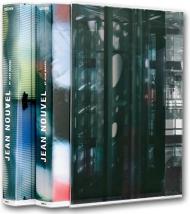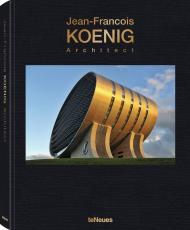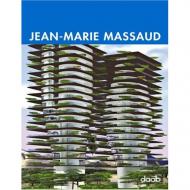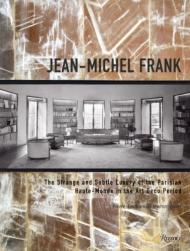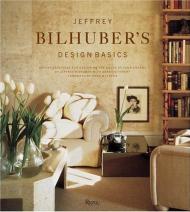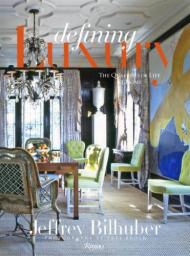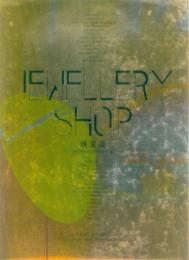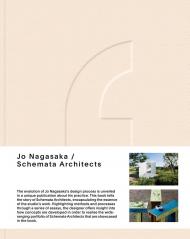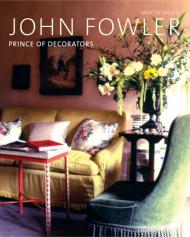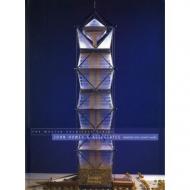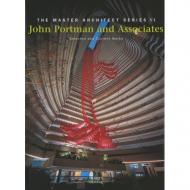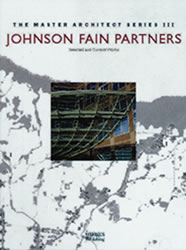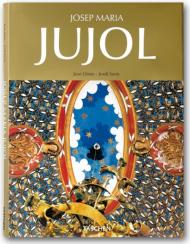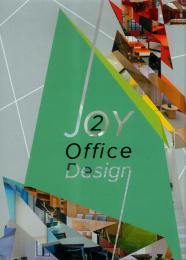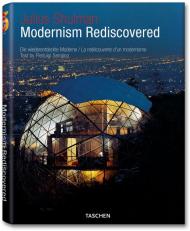Recipient of the 2008 Pritzker Prize, Jean Nouvel is, without any doubt, France’s most original and important contemporary architect. From 1967 to 1970, he was an assistant of the influential architects Claude Parent and Paul Virilio, then creating his own office in Paris. His first widely acclaimed project was the Institut du Monde Arabe in Paris (1981–87, with Architecture Studio). Since then, he has completed the Lyon Opera House (1986–93), the Euralille Shopping Center, Lille (1991–94), and the Fondation Cartier, Paris (1991–94). His major completed projects since 2000 include the Culture and Convention Center in Lucerne, Switzerland (1998–2000), the spectacular Agbar Tower on Barcelona’s Diagonal Avenue (2001–03), the extension of the Reina Sofia Museum, (Madrid, 1999–2005), the Quai Branly Museum on the Seine in Paris (2001–06), and the Guthrie Theater in Minneapolis, Minnesota. Apart from receiving this year’s Pritzker Prize, Jean Nouvel won the RIBA (Royal Institute of British Architects) Gold Medal in 2001.
Jean Nouvel worked for five years with author Philip Jodidio on this prodigiously illustrated TASCHEN monograph, a book that will finally give the full measure of the architect’s talent. Two 400-page hardcover volumes give the most complete overview to date of Jean Nouvel’s career, including works in progress, such as the new Louvre in Abu Dhabi, the Philharmonie de Paris, and the extension of the MoMA in New York. The book’s graphic design and images were conceived and selected by the architect; in addition, the transparent printed dust jackets mimic the architect’s own tendency to play with contrasts and overlaid patterns. One can truly say that this publication is Nouvel by Nouvel, inside and out.
